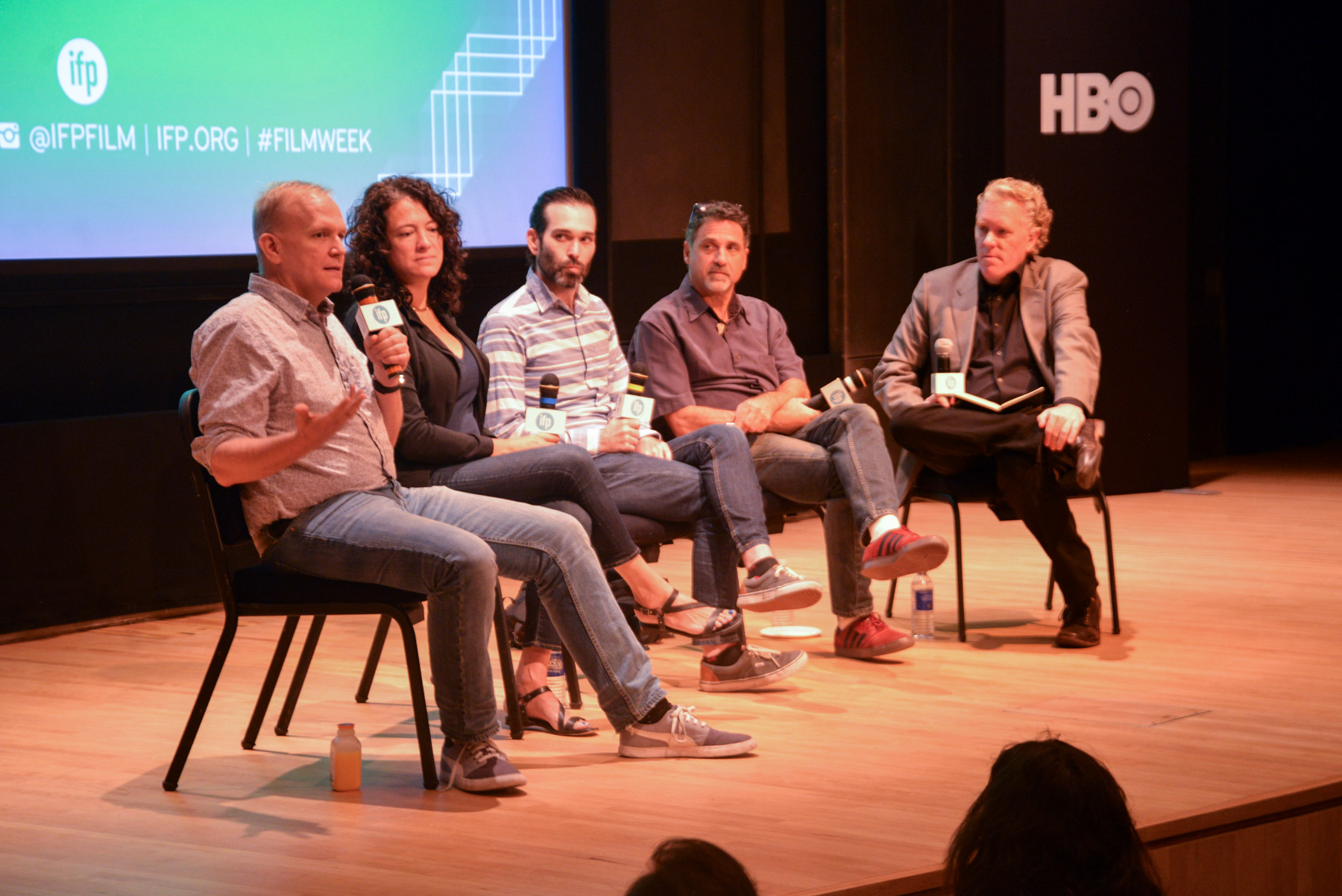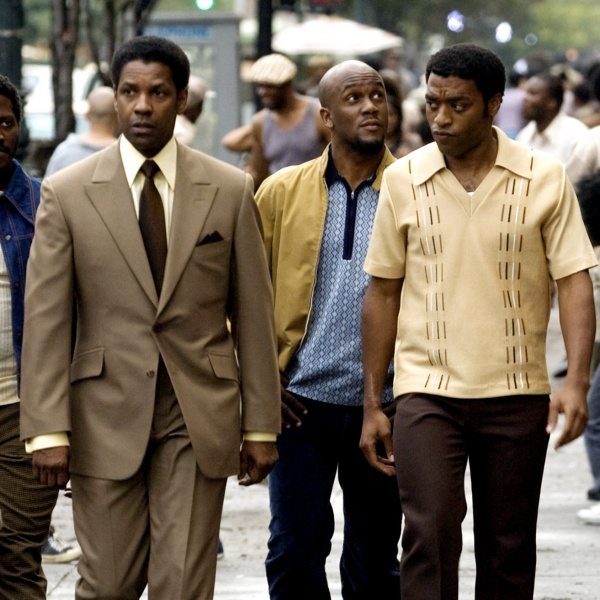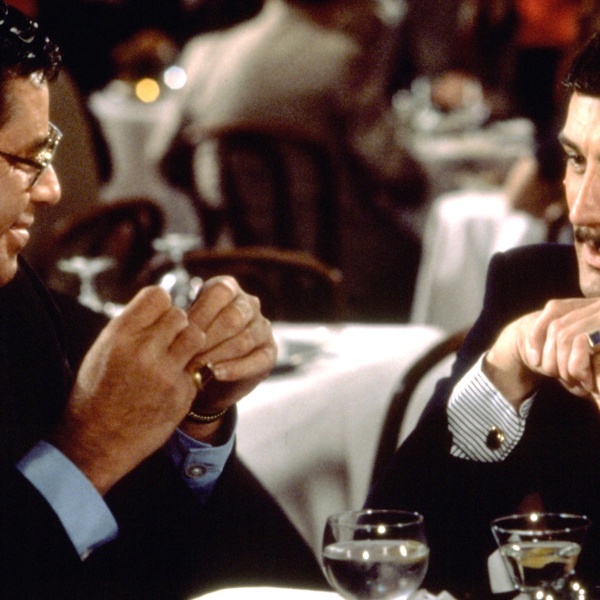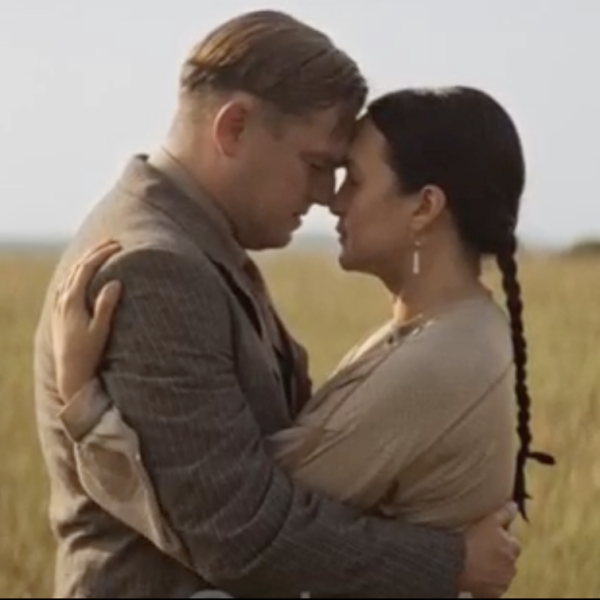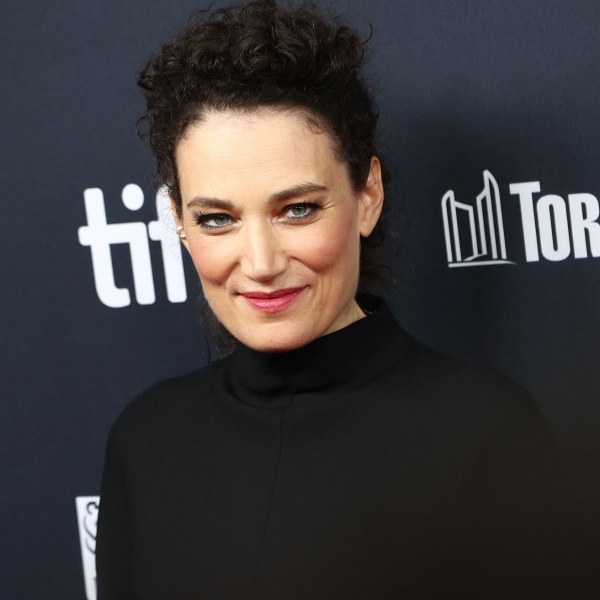“In this digital age a number of us are still shooting on film,” said Scott Macaulay, editor-in-chief of Filmmaker Magazine, at the IFP Conference panel “Realizing Your Vision on a Budget.” The panel, which Macaulay moderated, took to task the notion that independent filmmakers on strict budgets can’t afford to use celluloid.
READ MORE: This Mobile Lab Will Help Keep Film Alive ‘Breaking Bad’-Style
“A lot of film choice is director-driven, or actor-driven” said Frank DeMarco, director of photography on J.C. Chandor’s “All is Lost.” “The choice to go digital is producer-driven.”
As many cinephiles know, film has a different feeling, a different texture than digital, DeMarco commented. He cited Nicole Kidman as an example, saying, “She understands that film has a more complimentary look” when she expressed interest in using film for the 2010 movie “Rabbit Hole.” But the producer wanted to go digital, so they went digital.
You can simulate the look of film, he went on, but you can’t emulate it: Film has layers, each frame a chemical mélange with different grain structure. Digital imagery comprises an even assortment of little static dots. He joked that if the digital industry wants to bury film for good, they need to find a way to make digital have layers like film.
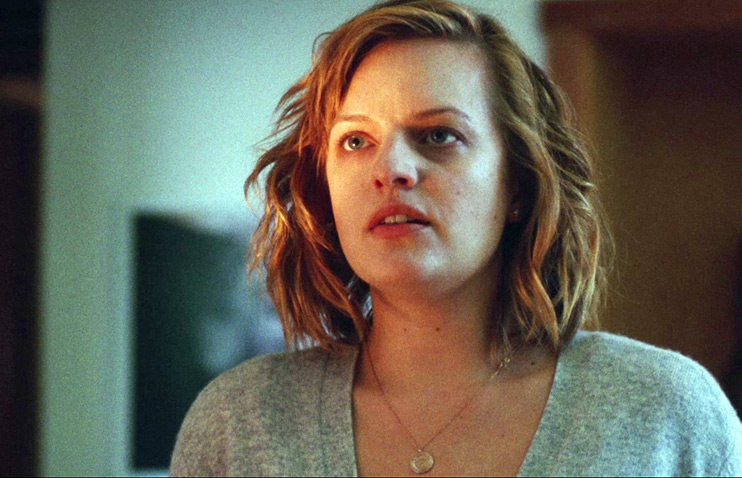 Adam Piotrowicz, who produced Alex Ross Perry’s sublime “Queen of Earth,” said, “Working with Alex, it isn’t really a choice if we’re going to use film. We never even considered digital.”
Adam Piotrowicz, who produced Alex Ross Perry’s sublime “Queen of Earth,” said, “Working with Alex, it isn’t really a choice if we’re going to use film. We never even considered digital.”
Take note, filmmakers: Piotrowicz said they build their initial budget with the understanding that they will be using film. To cut costs, he asks around to see if anyone has extra stock they’d be willing to give him – their “leftovers.”
Joe Swanberg may have three or four reels he’s willing to part with, and because they’re a different stock than what Perry and his DP Sean Price Williams are already using, they’ll save the renegade film for certain scenes. “Queen of Earth” had a 10:1 film ratio, with the film’s brazenly uncomfortable monologue, shot in one long take, using up an entire 400-foot reel. They got it on the second take.
“Good actors make using film easier,” he added.
Owning your own equipment, even if it’s old equipment, is also very helpful: Ferne Pearlstein, who won Best Cinematography at Sundance in 2004 for her work in “Imelda,” owns her own camera. It’s so old, she joked, the serial number is “something like 17.” Having recently shot a film digitally with her husband, she said her desire to shoot documentaries on film only grew more fervid, though it’s a commitment, and partnering with a company (she works with Kodak, who sponsored the panel) is beneficial. The support system for Super 16mm has disintegrated, she said; directors of photography and assistant directors who are familiar and deft with shooting on film are a rare breed – “They’re always working,” she said, since their expertise has become so niche.
 Ari Taub, who has over 30 years of experience shooting on film, emphasized that shooting on film requires an assiduous understanding of lighting and celluloid’s many idiosyncrasies. It’s also difficult finding a lab where you can send your film, since the best-known places – Alpha City, where Taub sent his film for 25 years, and New York’s renowned Film Lab – have folded. (Good news, though: Alpha now has the Alpha 1, a 44-foot mobile film lab.)
Ari Taub, who has over 30 years of experience shooting on film, emphasized that shooting on film requires an assiduous understanding of lighting and celluloid’s many idiosyncrasies. It’s also difficult finding a lab where you can send your film, since the best-known places – Alpha City, where Taub sent his film for 25 years, and New York’s renowned Film Lab – have folded. (Good news, though: Alpha now has the Alpha 1, a 44-foot mobile film lab.)
Pearlstein sends her film to Colorlab in Rockville, Maryland, while Taub and Piotrowicz recommend Metropolis in Manhattan: “You won’t get dicked around,” Taub assured.
Film is far from dead, the panel mentioned several times: DeMarco is using film for the ABC mini-series “Madoff,” starring Richard Dreyfuss as the nefarious Ponzi-schemer, and Macaulay is using film for his ’70s exploitation-inspired film about directors and producers and murder.
And if you think shooting on film means you have to cut and edit the film, don’t worry: Piotrowicz said they scan their negatives digitally then send them to the Library of Congress. They never touch the negatives again.
While we don’t yet know the shelf life of digital, Taub pointed out, we know that Beta tape and VHS are “garbage” that deteriorates after a few years, whereas films from the ’40s still look great. Film still outlasts other formats.
READ MORE: Alex Ross Perry: Indie Filmmakers Can Afford to Shoot Film
